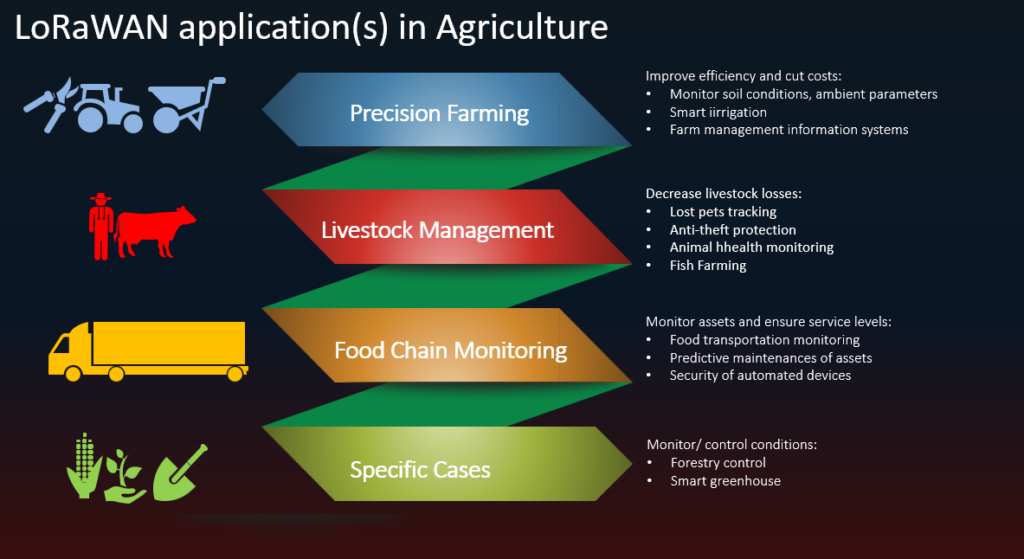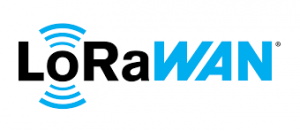Smart Agriculture
Smart Agriculture

Smart Agriculture: Boost Productivity with IoT Solutions
Key Features
- Real-time soil monitoring
- Automated irrigation and fertilization
- Drone-based crop surveillance
Benefits
- Increased Crop Yields:
- Resource Efficiency
- Reduced Environmental Impact
Smart Agriculture harnesses IoT technology to optimize farming practices, increase crop yields,
and reduce environmental impact. By deploying sensors across fields, farmers can monitor soil
moisture, temperature, humidity, and other critical factors in real-time. This data allows for
precise irrigation, fertilization, and pest control, ensuring that resources are used efficiently.
Drones equipped with sensors can survey large areas quickly, identifying issues such as crop
stress or disease before they become widespread. The result is a more sustainable farming
approach that maximizes productivity while minimizing waste and environmental impact
Frequently Asked Questions
Smart Agriculture is farming with technology—using sensors, drones, and data to grow more food, save water, and reduce waste. Imagine your farm telling you exactly when to water or fertilize your crops—that’s Smart Agriculture!
Farmers waste less and grow more by:
Monitoring soil moisture to avoid overwatering.
Tracking livestock health with smart collars.
Using drones to check crops quickly.
Predicting weather patterns to plan better.
Not at all! You can start small—a basic soil sensor or water meter can already make a difference. As your farm grows, you can add more affordable smart solutions step by step.
Yes! Many solutions use solar-powered sensors and satellite networks, so you don’t need strong internet or electricity.
Start small! Try a simple soil sensor, weather app, or smart irrigation system. Need help? Kingfin can guide you!
Our Partners





